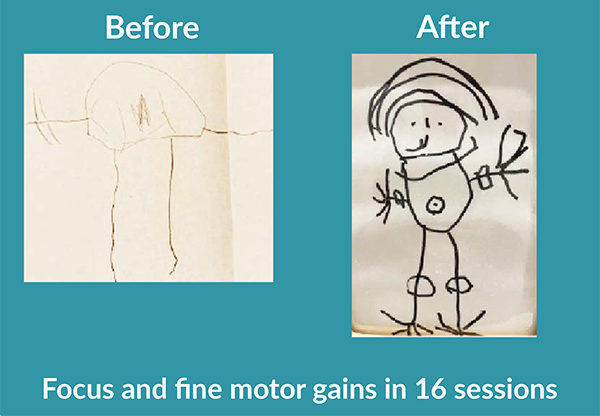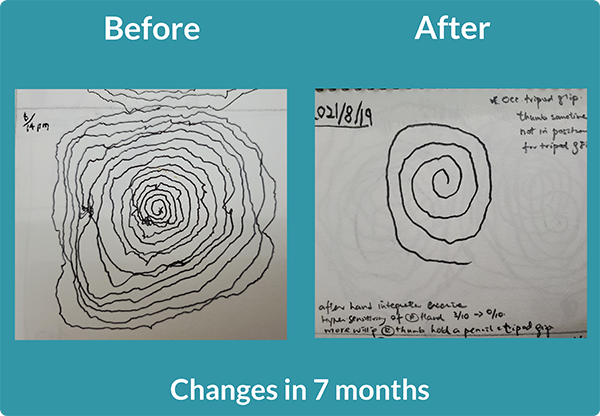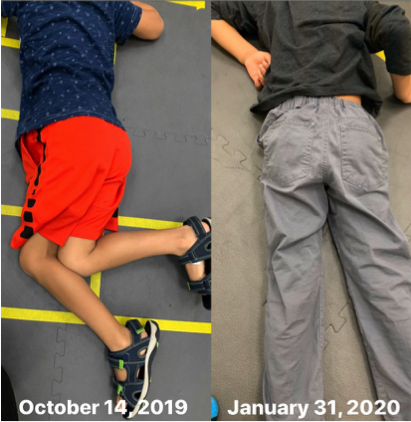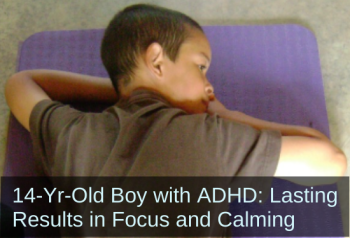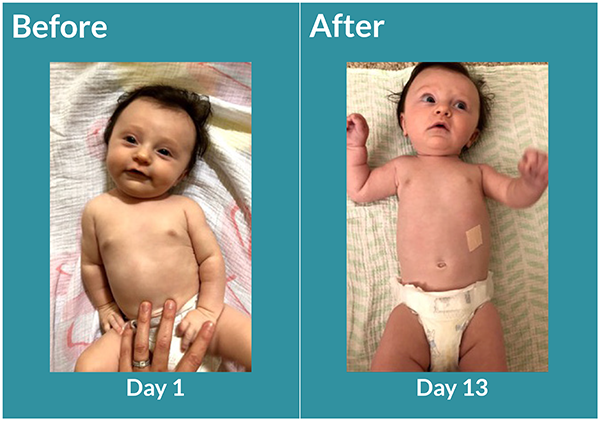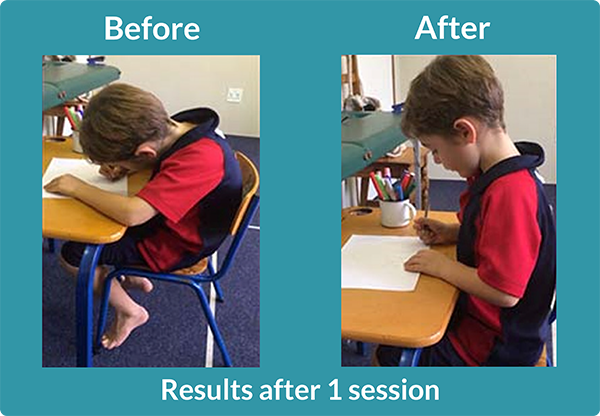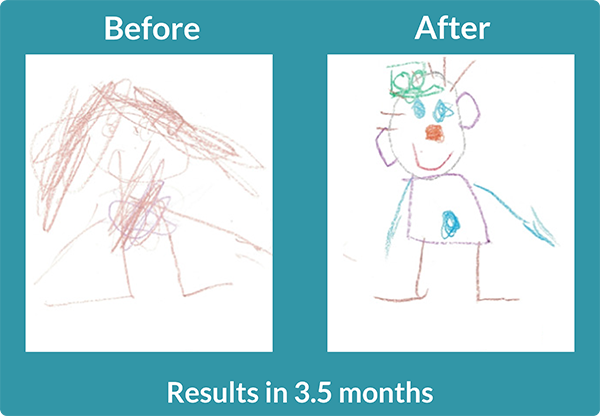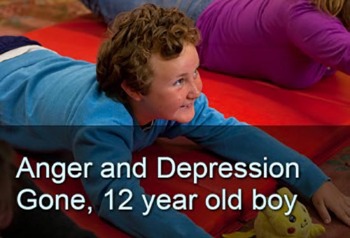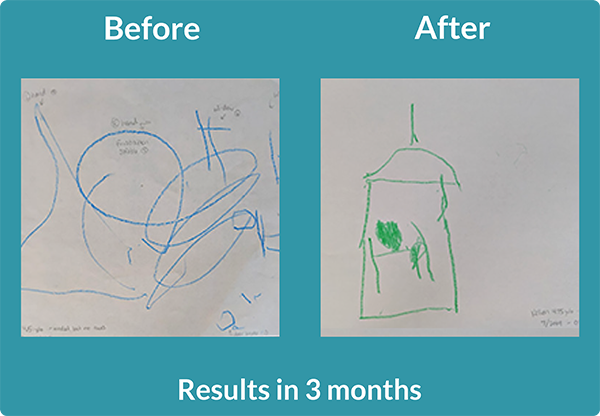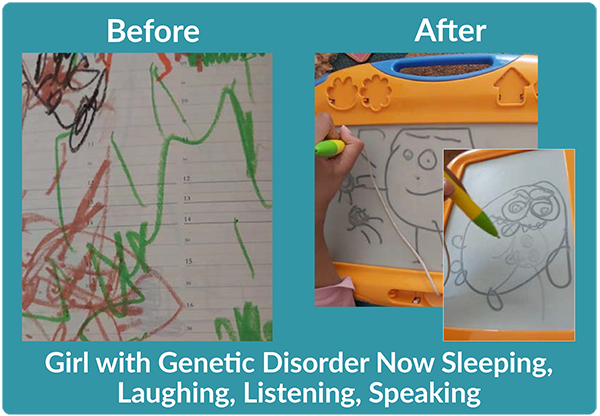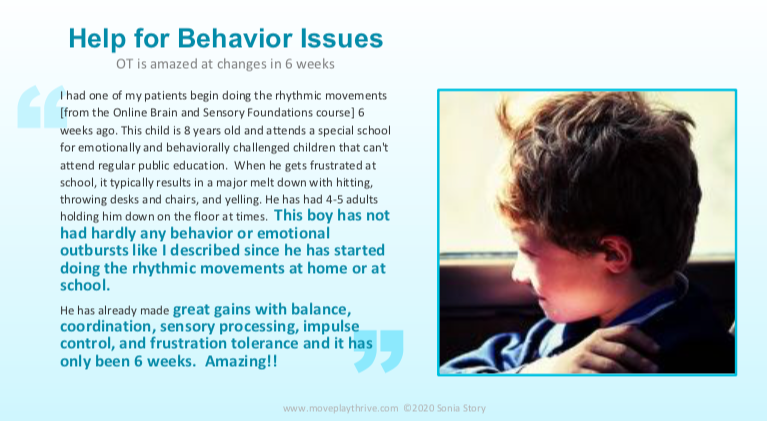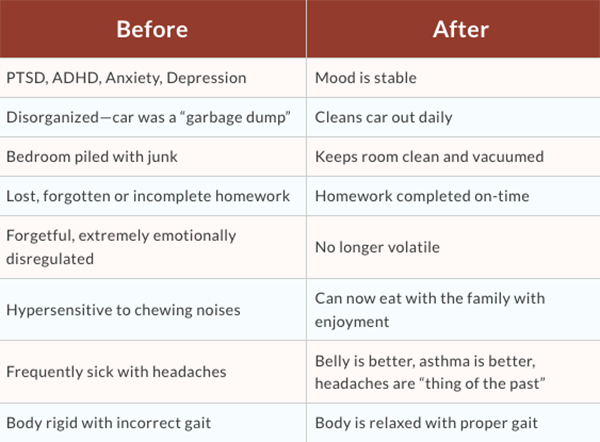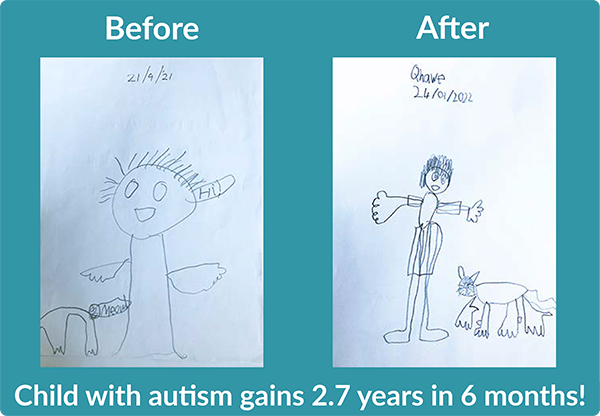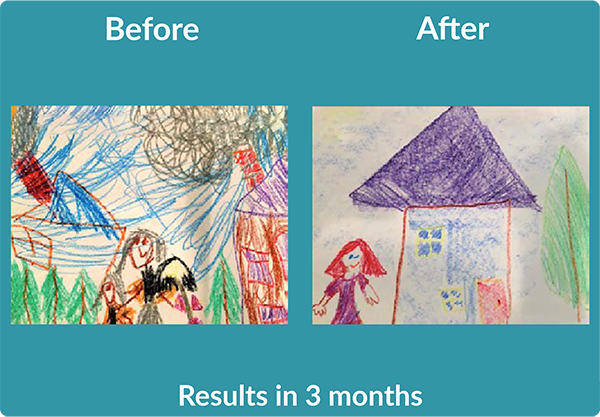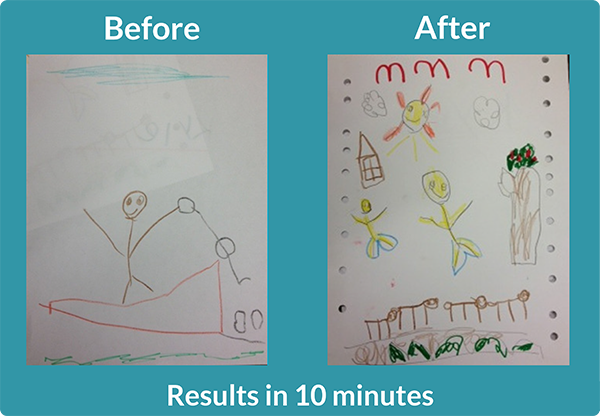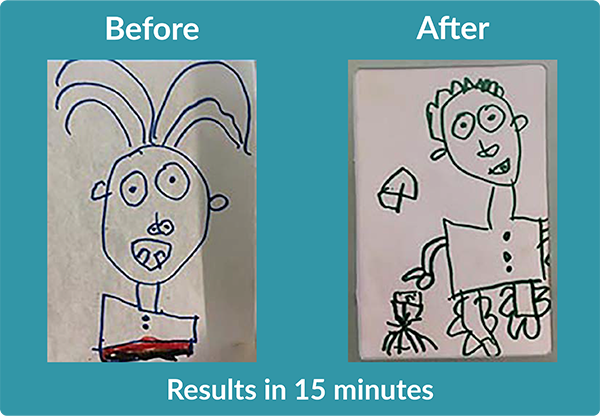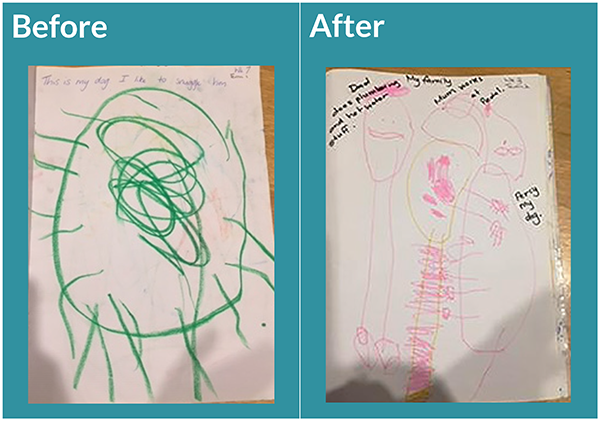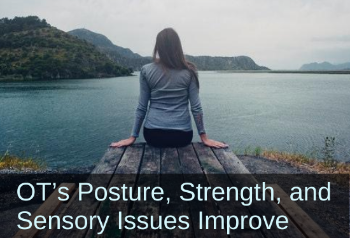5-Year-Old Boy with ADHD Gains Improvements in Behavior, Focus, and Fine Motor Skills
This 5-year-old boy was referred to OT for several issues:
- Constant fidgeting
- Poor gross motor skills
- Fisted grip, no clear hand dominance, and avoidance of fine motor activities
Over the course of 16 sessions, his OT helped him make improvements in all these areas! For example, this Before-and-After picture shows marked improvements in the confidence and detail of his drawing. He is now developing a tri-pod grasp and using his right hand more consistently. See the full case study.
Thank you to Ingrid King, MScOT, BOT


